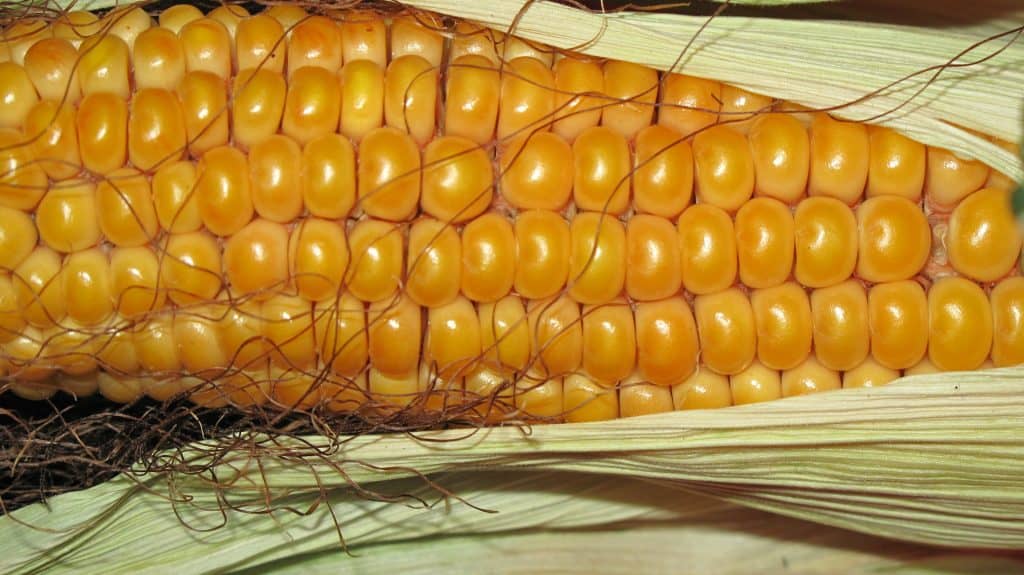Besides reversing the bullish seasonality of the first semester, the grower’s desire to retain soybeans to wait for some chance of better prices ahead continues to accelerate the pressure on domestic corn sales. Now, besides physical corn, the selling pressure is on the second crop. This scenario accelerates the decline in corn premiums for exports and helps bring down prices at ports. Without healthy prices, the new second corn crop is expected to set a new record and establishes new issues of internal logistics with the beginning of the harvest in June. Owing to the flow of soybeans, there is not much space in the logistics for large corn shipments from June to August, and this is generating a greater concern over space in the harvest of the quarter, a factor that leads sales to the domestic market.
Factors such as production losses in Argentina and Rio Grande do Sul and the strong delay in the second crop planting were not enough to combat the grower’s trading decision. Since the soybean harvest advanced in February, productivity levels, much higher than expected and record-breaking in the country, began to crowd warehouses and internal logistics. What complicates this scenario is that growers were selling little of the 2023 soybean crop, and this started to accelerate receipt and storage in the states, which, above all, is the major pressuring factor on soybean premiums at this moment, at -200 cents against Chicago. There is no other factor but the huge Brazilian soybean crop, the delay in early commercialization, and internal logistics difficulties as a pressuring factor on premiums.
This soybean situation began to influence growers to accelerate sales of corn in the summer crop, as spaces were being occupied by the large soybean crop. At this point, we saw unprecedented situations such as the storage of soybeans in swimming pools, containment of the entry of corn in favor of soybeans, and cooperatives lowering over-the-counter prices. Even so, growers had no choice but to accelerate sales to corn consumers. This combination knocked down corn prices in the first semester, contrary to their internal seasonality.
The 2023 second corn crop has progressed very well so far, despite the delayed planting in some states. Mato Grosso and Goiás are likely to have a record productivity due to the climate behavior until the end of April. In the Southeast, the situation is slightly slower than in Goiás and Mato Grosso, however, the situation has been very good so far and with most crops expected to start pollination and silking in May, with more concentrated harvests in July and August.
In Paraná, Mato Grosso do Sul, and Paraguay, crops are also in very good condition. A smaller portion, 10/20%, is expected to be reaped in June and early July. A larger portion, close to 50/60%, is entering the pollination and silking phase with harvests in July/August, and the remainder is expected to develop for pollination in mid-May. We can say that a large portion of the second crop in this region is susceptible to frost in May or June. If there is no frost, the second crop must be full.
In the Matopiba region, the second crop was finished in excellent weather conditions for planting. Tocantins, Maranhão, and Piauí have excellent initial development conditions, with the harvest expected for August and September. For the time being, Bahia’s excellent summer crop is beginning to be reaped in the west of the state.
This second crop condition is challenging Brazilian growers in their ability to retain so many soybeans for so long. With the corn harvest ahead, warehouses need to have space to receive it. However, the soybean harvest is bigger, and this year’s flow to the ports is longer, advancing with large volumes between June and August. Trading companies are not managing to open spaces for corn in June and July, and in August the space will not be the same as in 2022 when 7.5 mln tons of corn were shipped.
We will have a slow start to corn exports, with volumes lower than normal and only accelerating the pace from September, when soybeans are expected to slow down. So, we have a harvest starting in June, warehouses still full of soybeans, summer corn that needs to be sold, and trading companies with no buying force in ports for this 2023 second crop. This condition is associated with low corn selling intention also for the second crop. There are many offers from the Midwest for consumers in the South and Southeast and the attempt to boost exports.
The issue is that exporters are not having an accelerated global demand or space in ports from June to August, at least. The chance of better world crops makes importers more comfortable in the flow of purchases for the second semester. As CBOT prices are still high, everyone is waiting for lows in the US crop to resume purchases. Then, premiums began to decline in the Gulf of Mexico, perhaps because of some internal selling pressure in the USA. The decline in premiums reached Brazil and corn as rarely seen before. Premium history in Brazil seldom shows negative levels. In recent days, premiums reached -15 cents against Chicago for July, putting FOB Brazil prices below US corn.
This situation occurs due to the combination of factors mentioned above, but mainly due to internal sales pressure to try to find exports in June/July and August. For the “information” sources that think this is a worldwide plot to bring down prices in Brazil, it is important to point out that this is just the market. If you add to this picture the more appreciated real, we will have a decline in port prices and a strong adjustment in internal levels.
Follow the Safras Agency on our website. Also follow us on our Instagram and Twitter and stay on top of the main agribusiness news!
Copyright 2023 – Grupo CMA

